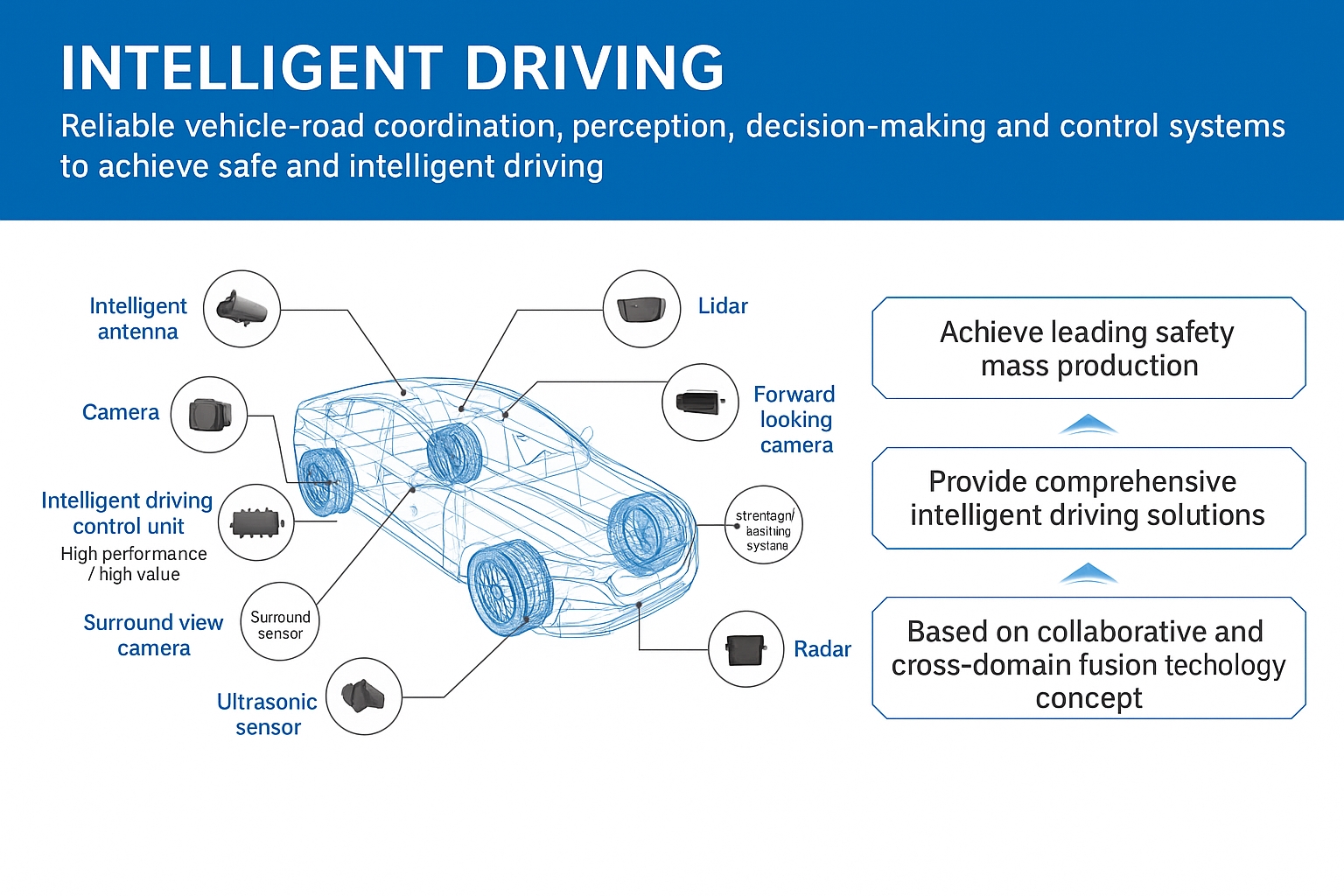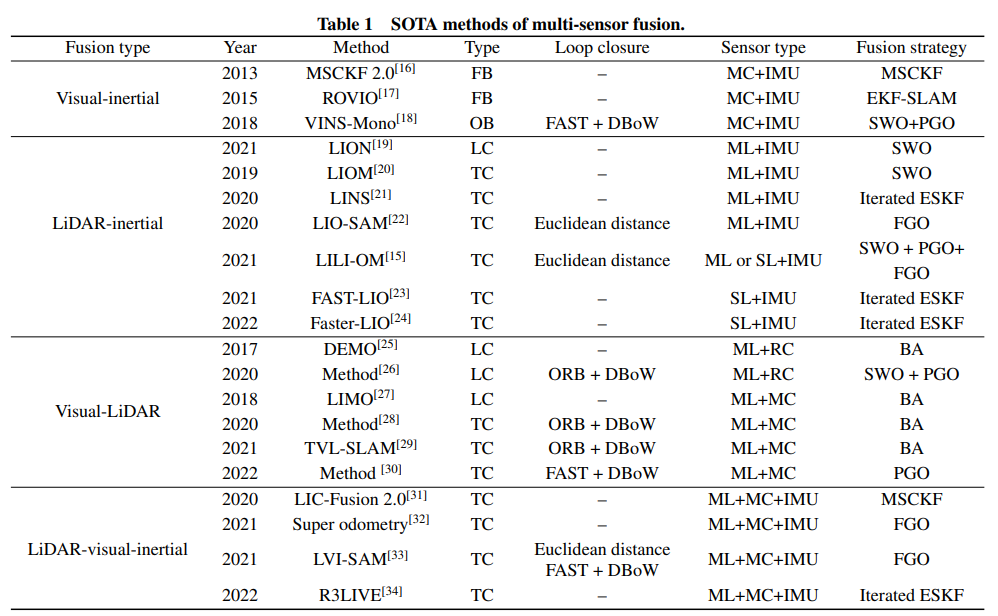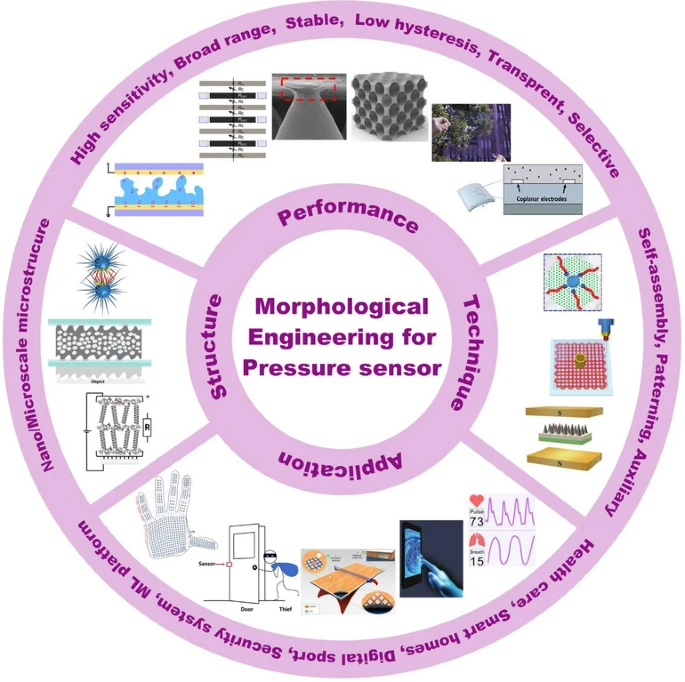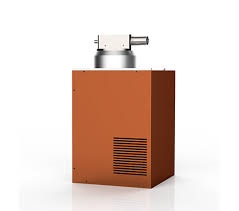Introduction: Industry Upgrade and Automotive Radar
Intelligent driving is an irreversible industry trend. Led by Tesla, Huawei, Li Auto and XPeng, vehicle intelligence is accelerating. With gradual relaxation of L3 regulations and continuous improvement of algorithms, autonomous driving features may become a new factor in consumer vehicle purchases.
Since 2023, central and local policies in China have actively supported intelligent driving, prompting significant industry development. Automakers are increasing investment in vehicle intelligence, and the Chinese market for smart vehicles has entered a rapid growth phase. Both new entrants and established automakers are expanding autonomous driving efforts. From January to September 2023, factory-installed NOA for passenger cars reached 377,000 units, with penetration near 2.5%.
2024–2025 is expected to be the starting point for broad autonomous driving adoption.
Automotive Radar: The Senses of Autonomous Driving
An intelligent driving system consists of three layers: perception, decision, and execution, each with a clear role in vehicle control.
- Perception layer: Replaces the human eye. Sensors such as lidar, cameras, millimeter-wave radar, ultrasonic sensors, and high-definition maps collect driving-related information, including road boundaries, vehicles, and pedestrians. This layer is closely tied to hardware.
- Decision layer: Replaces the human brain. It computes control strategies from the gathered information and is responsible for path planning and navigation.
- Execution layer: Replaces human hands and feet. It executes control strategies, including acceleration, braking, and steering.
The perception layer has the strongest dependence on hardware. This article focuses on the perception layer and related technologies.

Perception Sensor Comparison
The basic principles, characteristics, and pros and cons of millimeter-wave radar, lidar, and ultrasonic radar are summarized. A brief recap:
- Camera: Good for imaging and obstacle recognition, but cannot measure distance directly and is most affected by environmental conditions.
- Millimeter-wave radar: Strong range and speed measurement capabilities and less affected by the environment, but weaker at imaging and object classification.
- Ultrasonic radar: Used for short-range distance measurement and avoidance; common in conventional vehicles.
- Lidar: Provides distance measurement, point cloud imaging, and obstacle recognition, but performance can degrade in rain or snow.
Example: Huawei Autonomous Driving Solution
Taking Huawei's autonomous driving solutions as an example, the transition from AD S1.0 to ADS 2.0 focused on cost reduction and efficiency improvement. The number of sensors was reduced accordingly, and platform compute requirements were lowered from Ascend 810 to Ascend 610.
All four sensor types are used, with perception fusion algorithms enabling autonomous driving functions. In early 2024, Huawei began rolling out a nationwide mapless urban NCA, an urban navigation assistance feature that does not rely on high-definition maps.
In the future, autonomous driving will continue to expand into mid- and lower-tier vehicle segments, potentially creating a new era comparable to the smartphone transition.
Afterword: Considerations for Students
For a long time, graduates specializing in electromagnetics, millimeter-wave, and related fields have typically pursued careers in:
- Civil communications
- Communications chip design
- Defense and military sectors
With the rapid development of smart vehicles and autonomous driving, students in these disciplines should evaluate opportunities at companies developing autonomous driving systems, aligning career choices with their expertise.
 ALLPCB
ALLPCB






